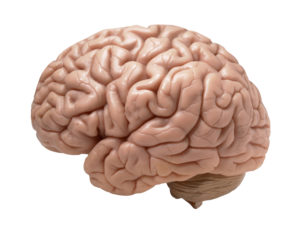
When looking at the research, it is striking that so many chemicals that we are exposed to daily are harming us. Health harms include an increase in certain cancers (e.g., brain cancer and leukemia from certain pesticides) and reproductive effects. This can be seen clearly when research shows that sperm counts are declining globally 2.64% per year since 2000.
A recent report from HEAL (Health and Environmental Alliance in the European Union) found that along with this, infertility rates, testicular cancer, and prostate cancer are increasing. This is alarming!
HEAL’s report (author Dr. Cannarella) details alarming indications of catastrophe in male reproductive health: prostate cancer, testicular cancer, crashing sperm counts, infertility, and numerous developmental problems including cryptorchidism, urogenital malformations, and hypospadias. The report highlights pesticides, microplastics, phthalates, bisphenols, PFAS and heavy metals as the likely environmental sources of the crisis. There is evidence that all of these endocrine disrupting chemicals (EDCs) adversely affect male reproductive function.
Excerpts from the latest research on the drop in sperm counts globally and declines in male reproductive health, the science report from HEAL: Chemical pollution and men’s health: A hidden crisis in Europe
A 2023 meta-analysis by Levine et al. showed that global sperm counts declined by 52% between 1973 and 2018. European countries showed similar or even steeper declines, especially in Western and Southern Europe. ...continue reading "Male Sperm Counts Continue to Decline"





 It turns out that some commonly found chemicals in household products are actually hazardous to our brain health. A recent
It turns out that some commonly found chemicals in household products are actually hazardous to our brain health. A recent  Pregnant women now have another reason to try to limit exposure to flame retardants while pregnant - having higher levels of flame retardants in their blood during pregnancy is associated with an increased risk of preterm birth.
Pregnant women now have another reason to try to limit exposure to flame retardants while pregnant - having higher levels of flame retardants in their blood during pregnancy is associated with an increased risk of preterm birth. Many people don't realize that the plastic toys our children play with may contain harmful chemicals. Children get exposed to these chemicals by touching the toy (absorption through the skin), or ingesting chemicals (e.g. when a baby mouths the toy, or child ingests dust from the toy), but also from breathing in chemicals leaching out of all the plastic toys in the room into the air. This has been known a long time, yet here we are...
Many people don't realize that the plastic toys our children play with may contain harmful chemicals. Children get exposed to these chemicals by touching the toy (absorption through the skin), or ingesting chemicals (e.g. when a baby mouths the toy, or child ingests dust from the toy), but also from breathing in chemicals leaching out of all the plastic toys in the room into the air. This has been known a long time, yet here we are... Dogs exposed to lawn pesticides develop similar
Dogs exposed to lawn pesticides develop similar  Worried about the effects of persistent pesticides, flame retardants, and the chemicals used in non-stick pans (e.g.Teflon) on human health? An interesting
Worried about the effects of persistent pesticides, flame retardants, and the chemicals used in non-stick pans (e.g.Teflon) on human health? An interesting